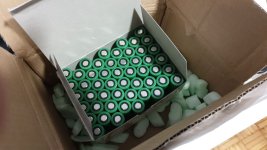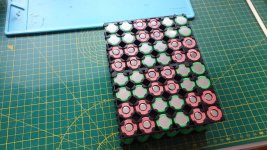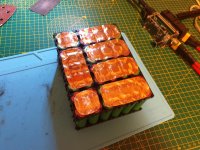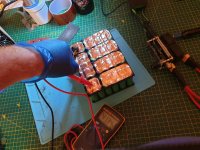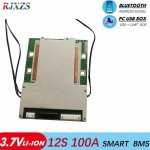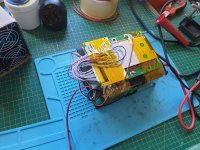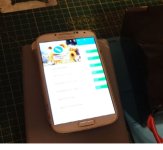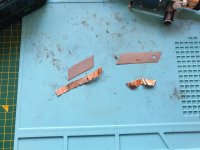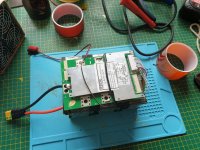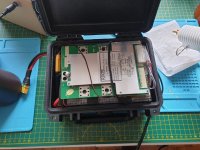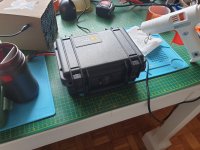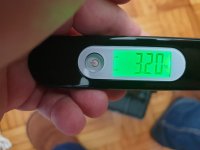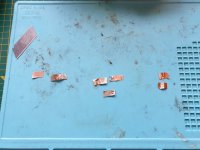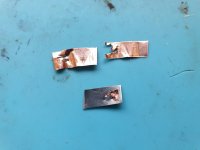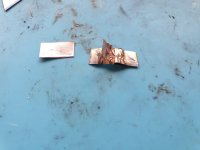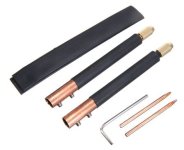hemo
100 W
derekisastro said:Seems like I have run into the same issue as Hemo.
I will need to take apart the spot welder and check my Arduino board ... if it is indeed the same problem, I may end up replacing the board myself and getting the files from Aulakiria.
I'll be back if it is another problem ...
My new upper Arduino board didn't resolve my issue so rather then pour more money in to it, have all but given up with it now. Cost or repairing /sending to and fro makes it not viable for me.
Currently using a Malectrics which is as equally as good if not actually better.


